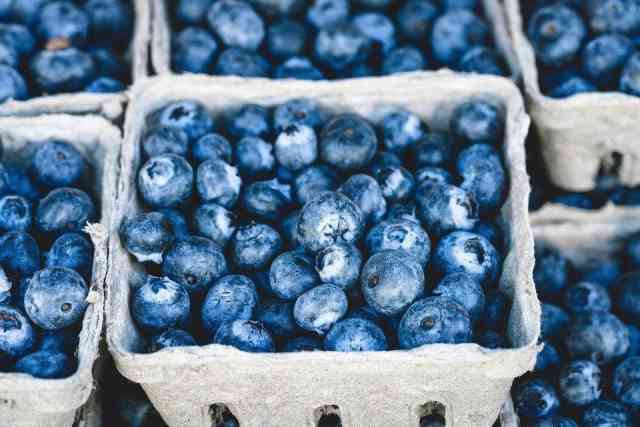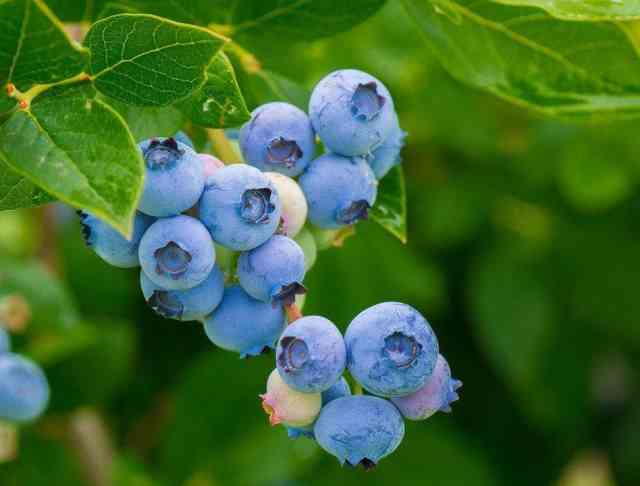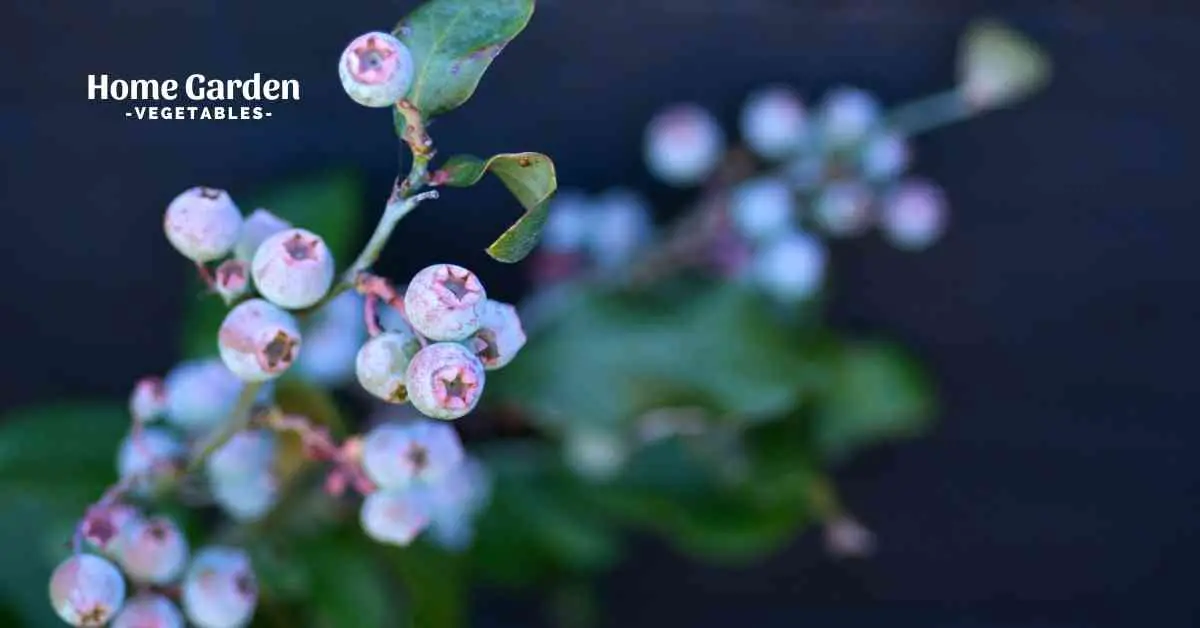Homegrown blueberries are nutritious, delicious, and make the perfect low-calorie snack for summers! You can eat them fresh, add them to desserts or preserve them for eating during the rest of the year. However, before you can start enjoying blueberries, you’ll need to pick the best one for your garden.
Yes, blueberries come in tons of different varieties that can broadly be categorized into lowbush blueberries and highbush blueberries. Highbush blueberries are the ones commonly sold at grocery stores, and since they can grow in a wide variety of climates, they are also common among home gardeners.
Reader Poll: What online courses would interest you?
Highbush blueberries can either be northern highbush or southern highbush. Each one has an extensive range of cultivars. If you plan on growing highbush blueberries in your yard, here are some popular varieties worth trying:

Northern Highbush Blueberry Varieties
Northern highbush varieties are preferred for gardens with cold winters and are hardy for USDA zones 4 through 7.
Bluecrop
Bluecrop is among the favorite blueberries that can easily grow in containers or garden beds. It grows excellently in colder climates, producing plump, juicy berries perfect for eating fresh and adding to desserts.
Subscribe to our newsletter!
This is a cold-hardy plant that can reach a mature height of around 5 to 6 feet. The flowers appear somewhere around May, and the berries start to ripen around July. It is disease-resistant and drought tolerant once the bush is fully mature.
Since Bluecrop is self-pollinating, the fruit will appear even if you plant a single bush. However, the harvest will be bigger and better if you plant it with Earliblue or Jersey.
Rubel
Rubel is an old-fashioned northern highbush blueberry that has been growing for over 100 years for its sweet, flavorful berries. Though the fruit isn’t as big as some of the other cultivars, it is easily among the sweetest. Plants grow up to 4 to 6 feet tall and bloom in late spring. The berries ripen around mid to late summers.
The berries have a much higher concentration of antioxidants than present in any other cultivar. Though the variety is self-fertile, like most other blueberries, the fruits will be bigger and more abundant if you plant a different variety with it for cross-pollination.
Blueray
Blueray produces large, sweet blueberries that ripen at mid-season. The sweet blueberries are light blue and resist cracking. Other than the sweet and abundant harvest, this cold-hardy cultivar makes a bright addition to any garden, giving pink flowers in springtime and scarlet leaves in the fall.
Legacy
In terms of taste, Legacy stands among the top 10% of blueberries. The blueberries are medium to large and very sweet when fully ripe. They’re equally popular for consuming fresh or processing. The bushes grow to a maximum height of 6 feet when mature and resistant to most diseases. The berries start ripening in late mid-season and store well.
Pink Popcorn
These unique blueberries are bright pink when fully mature and yet deliver the same great flavor that you would expect. It prefers acidic and consistently moist soil and reaches a height of about 4 to 5 feet when fully mature. They are disease-resistant, self-pollinating, and harvest between early to mid-season.
Bluegold
Bluegold is a mid-season highbush variety that produces medium to large, sweet berries. Golden autumn foliage and yellow winter stems are a major attraction for gardeners besides the berry clusters that appear between late July to August. The bush grows between 4 to 6 inches tall and has a 3 to 4 feet spread, making it perfect for small gardens.
Southern Highbush Blueberry Varieties

Southern highbush varieties grow better in warmer climates up to USDA zone 10. They will not require winter chilling.
Biloxi
Biloxi is a new hybrid bred by Mississippi State University. Just like other southern highbush blueberries, it is great for no-chill climates. It grows vigorously and is ready to harvest earlier than many other varieties, producing average-sized sweet berries. The cultivar thrives in acidic soil and full sun.
Sunshine Blue
Preferred in mild-winter regions, Sunshine Blue is a productive cultivar that produces medium-sized, sweet berries. It grows upright and compact, making it great for a container garden. Other than the sweet, juicy berries that ripen between mid to late season, Sunshine Blue also makes excellent ornamental throughout the year. The foliage is a beautiful blue-green through spring and summers and turns an attractive burgundy for the fall.
Misty
Misty is another southern blueberry that produces loads of medium to large sweet fruits that come to harvest earlier in the season than most other cultivars. The plant grows 4 to 6 inches tall, bearing blue-green foliage and attractive pink and white flowers in spring. During autumn, the foliage turns a beautiful shade of red and burgundy to add to the garden. Though the plant is self-fertile, the crop will be larger if you plant it alongside Sunshine Blue, Legacy, Sharpblue, or Biloxi.
Sharpblue
Introduced by the University of Florida, Sharpblue is a good variety for growing in the southern states of the US. It adapts well to most climates and will need only 200 chill hours to bear fruit. The foliage remains evergreen nearly all year round, and the plant continues blooming and fruiting throughout the year. This hardy variety is resistant to rot and adapts well to most kinds of soils.
Conclusion
These are some of the highbush blueberries most common among home gardeners. Besides these, there are tons of blueberry varieties to grow. For best results, grow a combination of different varieties so they can cross-pollinate to produce bigger and sweeter berries.

